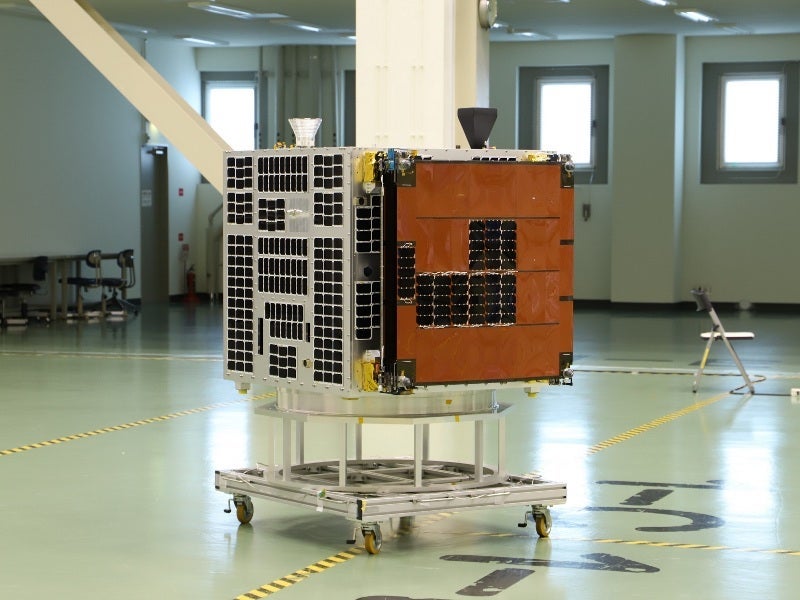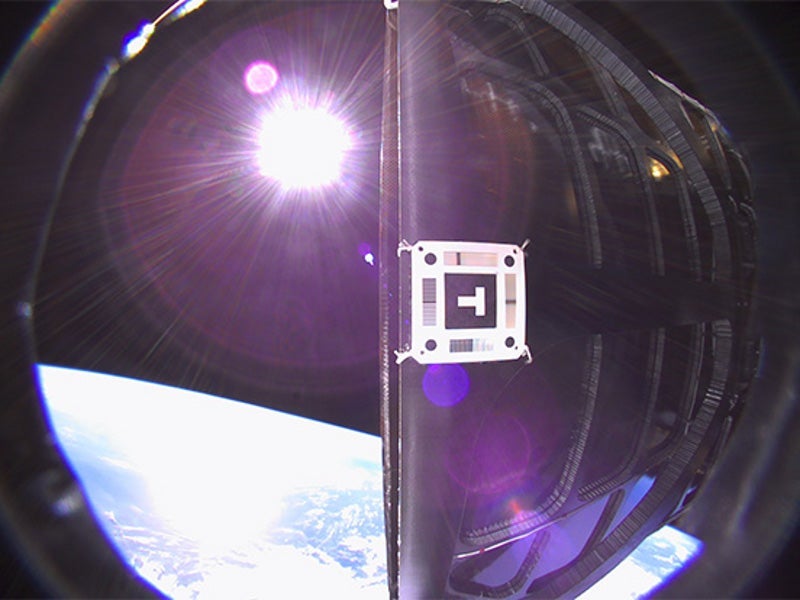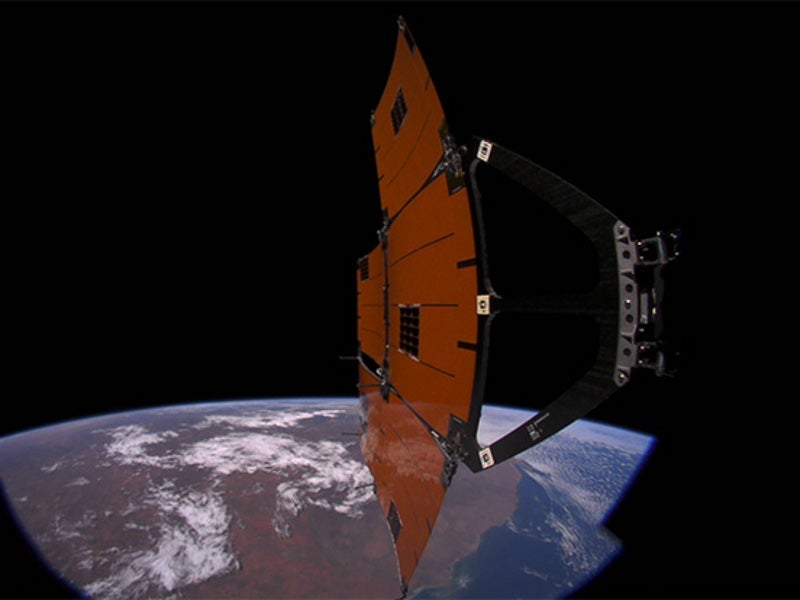Rapid Innovative Payload Demonstration Satellite 1 (RAPIS-1), also known as Innovative Satellite Technology Demonstrator-1, was launched into the solar-synchronised orbit at an altitude of 500 ± 20km in January 2019.
It is the first demonstration mission developed by the Japan Aerospace Exploration Agency (JAXA), as part of the agency’s Innovative Satellite Technology Demonstration Programme.
It is designed to demonstrate seven new satellite components and technologies developed by various universities, research institutes, and private companies based in Japan.
Innovative Satellite Technology Demonstration-1 design and features
The RAPIS-1 is designed and developed by Axelspace in collaboration with JAXA. It consists of a mission system and a bus system, measuring 1.02m-long, 1.08m-wide, and 1.06m-high.
The satellite has a base weight of 200kg and incorporates various mission payloads weighing up to 35kg.
RAPIS-1 payloads and components
The first payload, named Evaluation of Space Environment Performance of Innovative FPGA on the Orbit, is developed by NEC. The 4.9g FPGA eliminates the need for memory storage, while reducing power consumption.
The second payload, Themed Demonstration on X-band 2-3Gbps Downlink Communication on Track, is developed by Keio University to provide high-speed X-band communication.
Japan Space Systems developed both the third and fourth components, green propellant reaction control system (GPRCS), and Space Particle Monitor (SPM). The 8.34kg GPRCS provides propulsion, while the SPM is intended for on-orbit environment observation.
The fifth payload, Deep Learning Attitude Sensor / Star Tracker, is developed by Tokyo Institute of Technology for observation and performance monitoring based on artificial intelligence (AI) algorithms.
Developed by JAXA, the lightweight solar panel apparatus is the sixth component of the RAPIS-1 mission system. Weighing 12.2kg, the component generates power using five solar battery panels.
The final component of the system is a 45g miniaturised low-power GNSS receiver, which is developed by Chubu University for navigation purposes.
Innovative Satellite Technology Demonstration programme details
The programme aims to provide private enterprises with opportunities that support development and demonstration of innovative space technologies or components using microsatellites in the Japanese space system.
It also offers regular launch opportunities for commercial entities and research institutions to address new challenges for Japanese space missions and technologies. As part of initial demonstration missions, the programme launched RAPIS-1 and six microsatellites and cubesats, named MicroDragon, Rapid International Scientific Experiment Satellite (RISESAT) or Hodoyoshi 2, ALE-1, OrigamiSat-1, Aoba VELOX-IV, and NEXUS.
The 50kg MicroDragon satellite is developed by Vietnamese engineers in collaboration with Japanese universities to perform missions such as Ocean colour remote sensing and aerosol polarisation remote sensing.
Developed by Tohoku University, the 59.3kg RISESAT carries eight international scientific payloads to deliver high-resolution imagery for use in the environment, agriculture, fishery, and forestry.
ALE-1 is a 68kg artificial shooting star demonstration satellite system developed by a collaboration of Tohoku University, Tokyo Metropolitan University, and Nihon University.
The 3U CubeSat OrigamiSat-1 is a multi-function development membrane structure designed to enhance radio communication.
Aoba VELOX-IV provides super-high-resolution atmospheric imaging, while NEXUS offers high-speed satellite communication.
Launch details
The RAPIS-1 demonstration satellite and six other small and cube satellites were launched onboard Epilon-4 three-stage solid-fuel rocket from the JAXA Uchinoura Space Center.
RAPIS-1 was separated after 51 minutes and 55 seconds of launch, while the remaining ultra-small and cube satellites were separated after 95 minutes of launch.
The rocket’s first stage is powered by an H-IIA solid rocket booster, whereas the second and third stages use the existing M-V upper stages.




